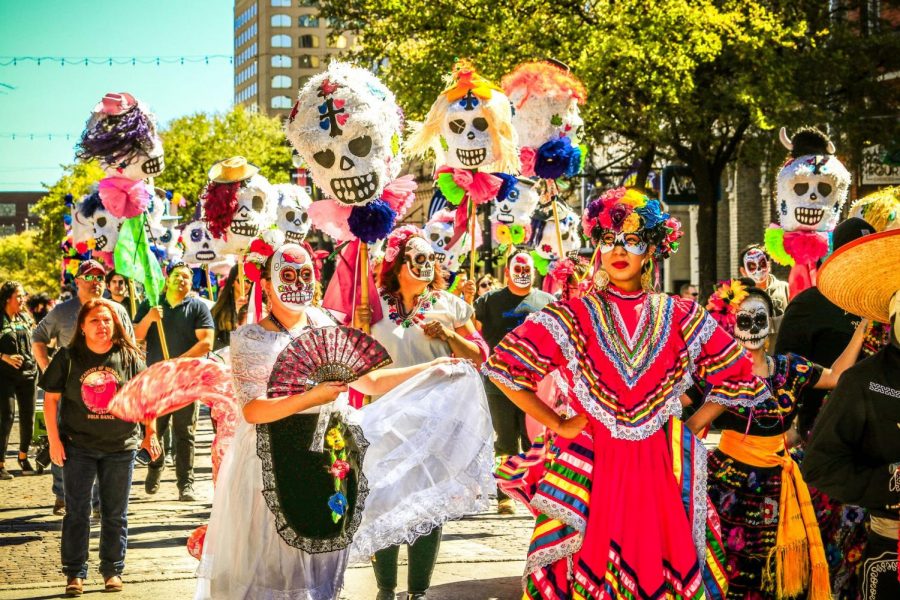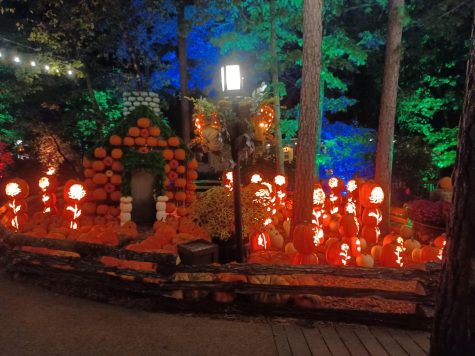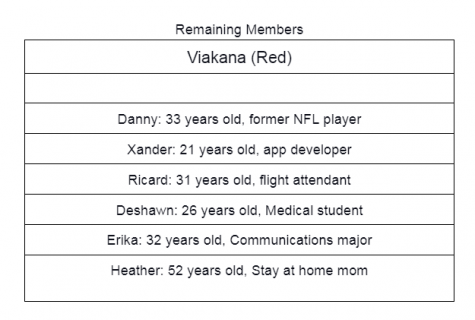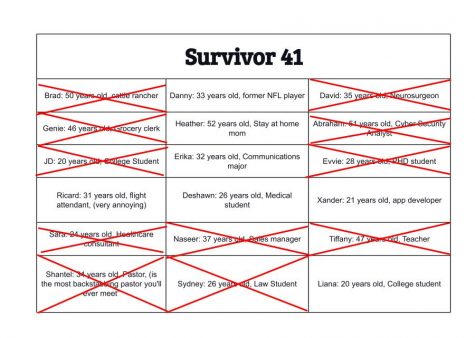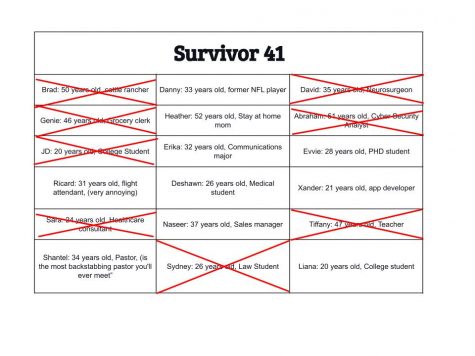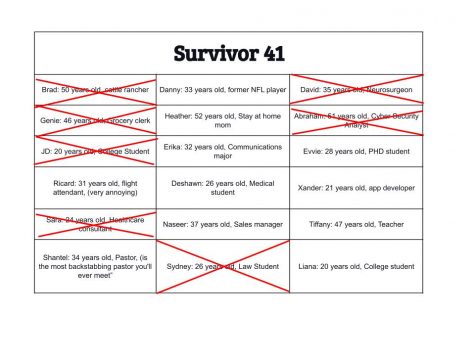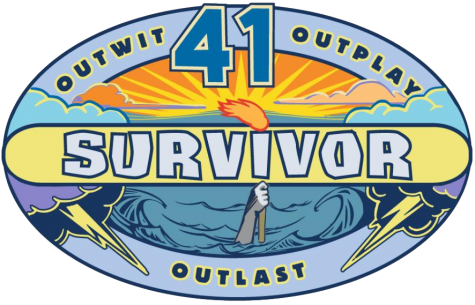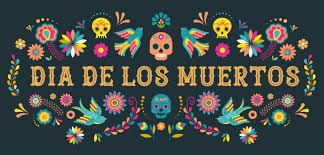Dia De Los Muertos
Dia De Los Muertos, or Day of the Dead, is celebrated from November 1st through November 2nd. It may also be celebrated on other days, such as November 6, though it depends on the locality. Day of the Dead is the celebration of life and death, often shown by colorful Calaveras and Calacas (skulls and skeletons). Candles, flowers (most commonly bright orange marigolds), and favorite foods of the deceased are also symbols of celebrating this holiday.
Dia De Los Muertos originated in the 16th century of Central Mexico, by the Aztec people, and is now celebrated by Latin American and Mexican cultures. Day of the Dead began as a way to celebrate those who have died in ancient Mesoamerica which, in time, became linked to the Catholic festival of All Souls Day, also celebrated on November 2nd. The first day of Dia De Los Muertos, November 1st, honors the lost lives of children and infants. The second day honors adults.
During this festival, families often visit, clean, and decorate gravesites of past loved ones. Altars of deceased family members are also decorated with an image of the person, along with gifts or food and drinks that remind us of their life. These are called offerings. Offering, or Ofrendas, serves a purpose to help guide and tempt beloved relatives’ souls back to the living world to celebrate this wonderful day.
The United States often shies away from the topic of death, but Mexicans embrace it. Day of the Dead is greatly misunderstood by Americans to be the Mexican version of Halloween, but they are wrong. Dia De Los Muertos is unique in its own way. While Halloween revolves around darkness, death, candy, and costumes, Day of the Dead revolves around embracing the afterlife and remembrance.
Dia De Los Muertos is an exciting time of year when people get to celebrate their past loved ones and join together to honor them. Through parades, events, and offerings, this Mexican and Latin American tradition is a great way of remembrance and will be celebrated for many years to come.


